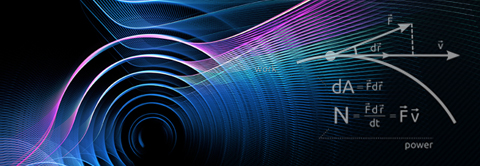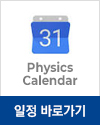Development of Large-Bore, High Field Magnets at the NHMFL
2015/10/15(Thurs) 10AM, E6-2, (RM)#5318
Dr. Mark D. Bird , Florida State University
The National High Magnetic Field Laboratory (MagLab) provides themost intense dc and pulsed magnetic fields worldwide for a variety of types of experiments in physics, chemistry, biology and other sciences.
The MagLab includes 7 user facilities:
1) Pulsed magnets up to 101 T for ~10 ms,
2) dc powered magnets up to 45 T,
3) high-resolution NMR magnets up to 21.1 T,
4) MRI magnets up to 21 T for rodents,
5) Ion-Cyclotron Resonance magnets up to 21 T,
as well as 6) ultra-high ratios o field to temperature including 15 T at 0.4 mK.
Presently the MagLab is one of the leading labs worldwide developingultra-high field dc magnets using high-temperature superconductors (HTS).
As early as 2008 an HTS test coil at the MagLab reached 35 T (4 T HTS coil inside 31 T resistive magnet). Quench protection systems that can be scaled to real user magnets were first demonstrated in 2011.
Individual HTS coils have been intentionally quenched up to 80 times without degradation. In 2015 a 27 T all-superconducting magnet was tested as well as testing of prototype coils
for a 32 T all-superconducting user magnet was completed. The 32 T system should be open to external users in 2016.
Magnet Technology based on HTS materials could be used in the development of Axion Detectors, providing a unique combination of field and bore for the search for dark matter.
Contact: CAPP Administraion Office(350-8166)







